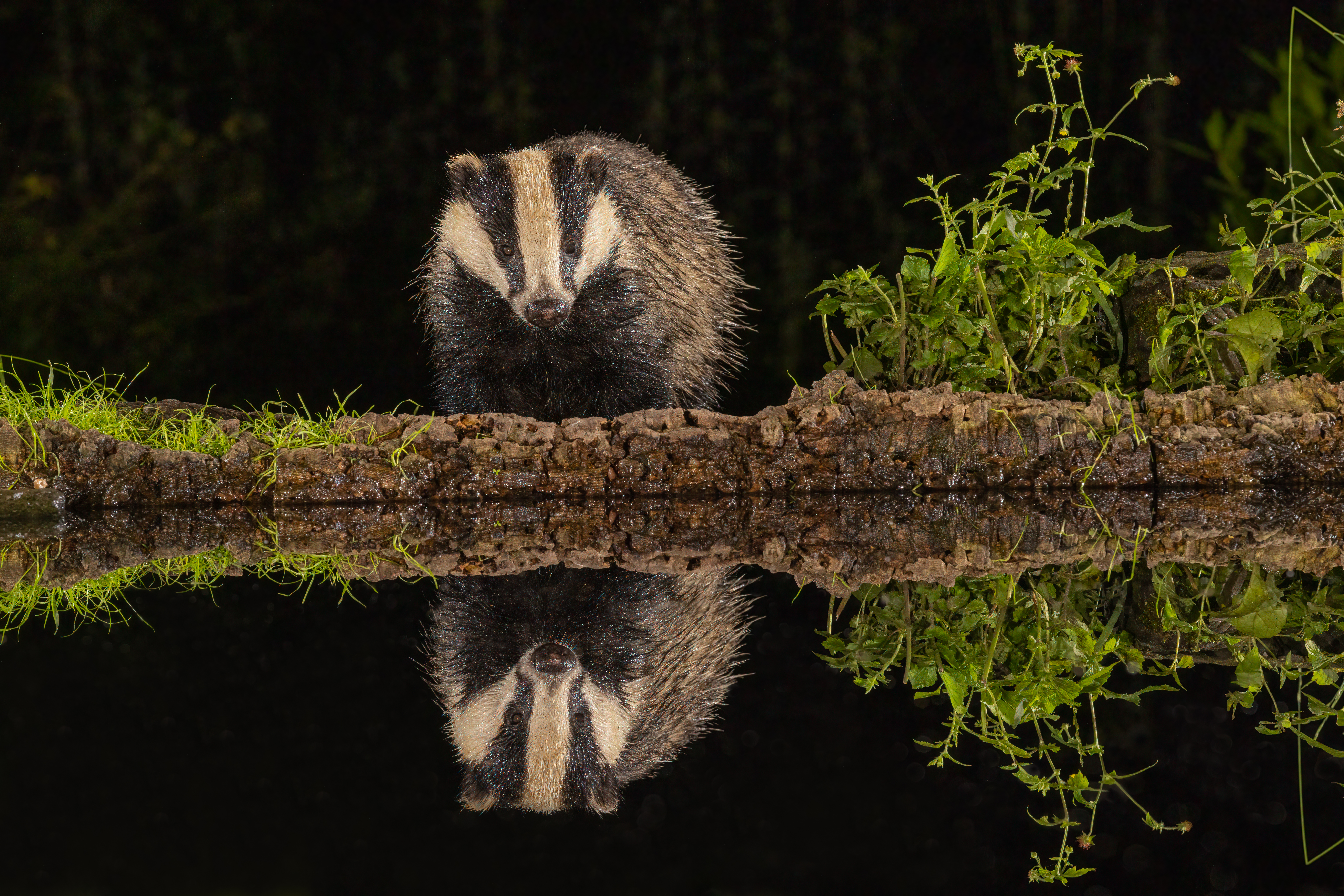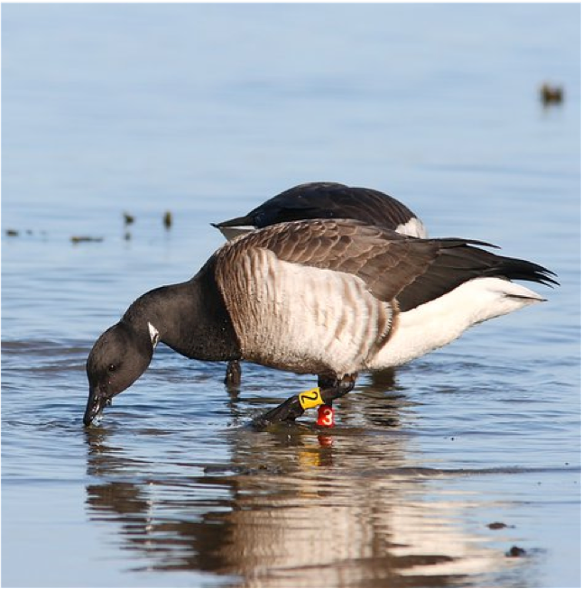Current Projects
Below is a list of active projects in the lab. If you’d like any more information about these projects, or would like to enquire about working with me on one of them, then please drop me an email.
Badgers, the Environment, and Bovine Tuberculosis
 We use badgers as a model for understanding the interactions between the gut microbiome and immunity, given the signfiicant role they play as reservoirs of the zoonotic pathogen Mycobacterium bovis. We are particularly interested in estimating the relative importance of direct (host-host) and indirect (host-environment) pathways as conduits for the spread of both commensal and pathogenic microbes. Photo (C) By Andy Morffew
We use badgers as a model for understanding the interactions between the gut microbiome and immunity, given the signfiicant role they play as reservoirs of the zoonotic pathogen Mycobacterium bovis. We are particularly interested in estimating the relative importance of direct (host-host) and indirect (host-environment) pathways as conduits for the spread of both commensal and pathogenic microbes. Photo (C) By Andy Morffew
Gut Microbiomes and Migratory Bird Health
 Gut-associated microbes provide a molecular toolkit for their animal hosts, shaping immunity, digestion and nutrition. This project, currently funded by the Leverhulme Trust, looks at how animal social networks and habitat selection can shape the gut microbiome. We want to understand how these communities change over time within individuals, and what the consequences are of differences in gut microbiota dynamics for downstream body condiiton and health. We use the light-bellied Brent goose (pictured) as a model for this work.
Gut-associated microbes provide a molecular toolkit for their animal hosts, shaping immunity, digestion and nutrition. This project, currently funded by the Leverhulme Trust, looks at how animal social networks and habitat selection can shape the gut microbiome. We want to understand how these communities change over time within individuals, and what the consequences are of differences in gut microbiota dynamics for downstream body condiiton and health. We use the light-bellied Brent goose (pictured) as a model for this work.
Dog Diet and Gut Microbiomes
 Companion animals like dogs play a fundamental part in our lives, and are important for our own wellbeing. Helping our pets live long and healthy lives is important, and one way we can optimise canine health is through manipulating their diet. This project will look at the imapct of raw versus cooked diets on dog gut microbiomes, with a particular focus on the prevalence of anti-microbial resistance.
Companion animals like dogs play a fundamental part in our lives, and are important for our own wellbeing. Helping our pets live long and healthy lives is important, and one way we can optimise canine health is through manipulating their diet. This project will look at the imapct of raw versus cooked diets on dog gut microbiomes, with a particular focus on the prevalence of anti-microbial resistance.
Healthy Seas and Healthy People
 Seas, Rivers and Oceans are a vital component of ecosystem health, but are currently threatened by ever-increasing burdens of pollution. We want to understand how pollution changes the microbial dynamics of these ecosystems, and what risks pollution poses for both humans and animals. We use sequencing to profile the microbial communities in seawater and look for signatures of increases in both pathogenic bacteria and bacteria carrying genes for AMR.
Seas, Rivers and Oceans are a vital component of ecosystem health, but are currently threatened by ever-increasing burdens of pollution. We want to understand how pollution changes the microbial dynamics of these ecosystems, and what risks pollution poses for both humans and animals. We use sequencing to profile the microbial communities in seawater and look for signatures of increases in both pathogenic bacteria and bacteria carrying genes for AMR.